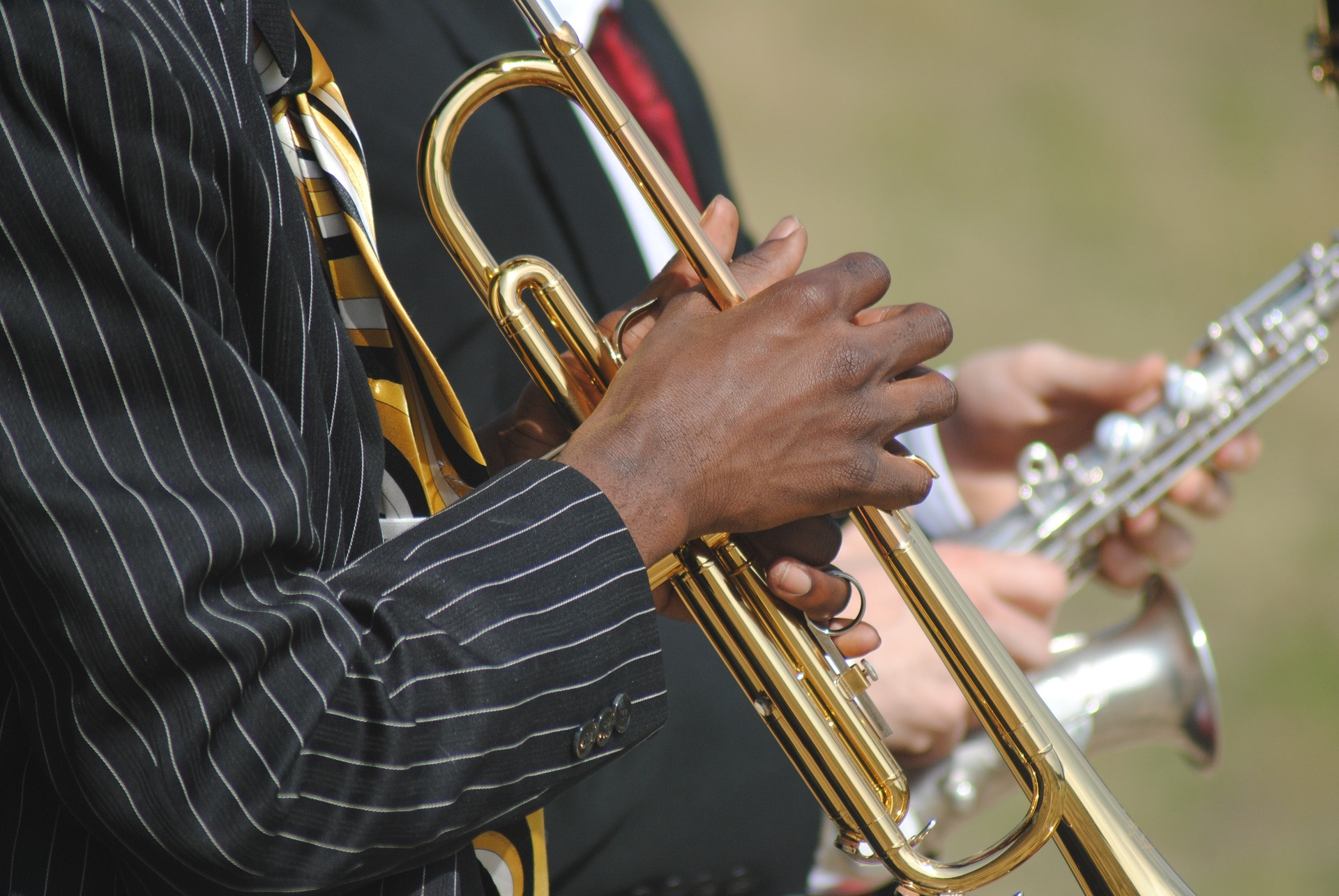There are hundreds of different musical genres, some very popular, other bizarre or extremely unconventional. If they do have anything in common, that must be the definition of musical genre: “a conventional category that identifies some pieces of music as belonging to a shared tradition or set of conventions” – as described by Wikipedia. Moreover, all musical genres have started somewhere, and their origins can be quite fascinating at times. Keep on reading to discover the most popular modern musical genres and how they have emerged:
1. Rock
Rock has its roots in “rock and roll”, a musical genre which originated in the United States in the early 1950s. The next decade, rock has developed into a variety of genres, drawing influences from folk and electric blues, as well as jazz and classical. The “classic rock” era of the late 1960s was followed by the emergence of multiple rock music subgenres, like folk rock, country rock, blues rock, and jazz rock. Later, the hippie scene and the countercultural psychedelic lead to the development of psychedelic rock.

2. Jazz
Jazz emerged in African American communities of New Orleans, in the late 19th and early 20th century. With roots in blues and ragtime, jazz is defined by improvisation, polyrhythm, swing and blue notes, and call and response vocals. Jazz is considered “one of America’s original art forms” and it spread from New Orleans to all over the world. Jazz evolved from the original brass-band marches and French quadrilles to free jazz where artists play without regular meter and the pluralism of jazz characterizing the 2000s.

3. Pop music
A bit younger than the other genres mentioned before, pop music appeared in the United States and United Kingdom in the mid-1950s and actually includes many styles and influences, all having in common the fact they are popular. Until the late 1960s, pop and rock were almost synonymous, until they differentiated from each other. Its main characteristic is being eclectic – pop music borrows elements from different genres, such as dance, country, rock, Latin, and so on. Most songs are written in the verse-chorus structure and use melodic tunes and hooks. Pop music appeals to a general audience rather than to a subculture or ideology.
4. Dance music
As its name says it, dance music is created specially to encourage or accompany dancing. Its origins date back to Ancient times, when people discovered dancing and created music suitable for this activity. However, if we speak of modern dance music, this genre has emerged from late 19th century Western ballroom and social dance music. Its popularity exploded in the 1920s, and over the years, dance music has been influenced by swing, rock and roll, soul, R&B, disco, electronic, and so on. Nowadays, dance music takes most time the shape of electronic dance music and is played in nightclubs and in radio stations.

5. Folk music
Contemporary folk music comprises a variety of music genres inspired by traditional folk music. The second folk revival period that reached its peak in the 1960s was defining for this music genre and gave birth to the contemporary folk music or folk revival music. One of the most famous revival artists was Woody Guthrie, who sang traditional songs in the 1930s and 1940s, aside from composing his own original songs. The movement included United Kingdom, with artists such as Donovan, and Canada, whose most famous names in the world of folk are Leonard Cohen, Joni Mitchell, and Gordon Lightfoot. Contemporary folk music is usually Anglo-American, and some of the genres that emerged from folk over the years include folktronica, indie folk, Americana, progressive folk, folk metal, neofolk, and psychedelic folk.
6. Hip hop music
Hip hop music is synonymous with rap music and has emerged in the 1970s in African American communities. Hip hop music is an important part of the hip hop culture, and its main elements are rapping, a rhyming speech that is chanted, and stylized rhythmic music. However, rapping is not necessarily an element of hip hop music. The context in which hip hop music appeared is represented by the block parties held in New York City by African Americans residing in the Bronx. DJs used to play percussive breaks of popular songs using turntables and DJ mixers, allowing them to play breaks from two copies of the same record.
7. Blues music
Also created by African Americans, blues music has emerged in the Deep South of the United States at the end of the 19th century. The elements that helped shape blues music were folk music, African-American work songs, African musical traditions, and spirituals. Blues music is based on a call-and-response pattern, and a vital part of the sound is represented by blue or worried notes – these are thirds or fifths flattened in pitch. Blues appeared at the same time with the ending of slavery and the first blues sheet music was published in 1908.

8. Latin music
Latin music is one of the genres encompassing a variety of styles and music elements. Latin music is generally considered any music sung in Spanish or Portuguese. In the 1940s and 1950s, Hispanic people increased their influence in the United States, including its music market, and the Brazilian bossa nova which became an international music trend also contributed to the popularity of Latin music. In the 1970s, salsa music became dominant in the Latin music world, and was followed by new trends in the next decades, such as Latin ballads, bolero, Latin pop music, and reggaeton. It is almost impossible to imagine Latin music without Julio Iglesias, who was recognized by the Guinness World Records as the best-selling male Latin artists of all time.
It’s extraordinary when you think that the extremely diverse music we have nowadays is based on a few main genres, which evolved and combined during the decades. There may be a handful of principal music genres, but on the other hand there are hundreds of new subgenres which have emerged in the last years, making music one of the most successful and lucrative art fields.
